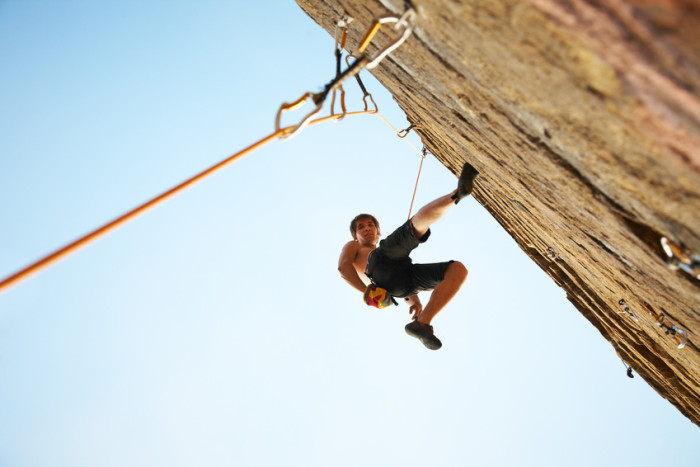Sport climbing is all about strategy, strength, and efficiency. One of the key skills that separates experienced climbers from beginners is the ability to clip the rope quickly and securely while leading a route. Here are ten tips to help you clip like a pro and keep your focus on the climb.
1. Position Yourself Correctly
Before you attempt to clip, ensure that you are in a stable position. Find a secure stance where you can balance without exerting too much energy. This might involve shifting your weight to a solid foothold or finding a rest position. Stability is key to avoiding awkward or rushed clips that could lead to mistakes.
2. Practice Efficient Hand Movements
Minimizing the amount of time your hand is off the rock is crucial. Practice the hand movements required to clip until they become second nature. This includes grabbing the rope, bringing it to the quickdraw, and clipping it in one smooth motion. Repetition will help build muscle memory, allowing you to clip quickly without overthinking.
3. Use the Correct End of the Rope
Always make sure you’re clipping the rope with the end that comes from your harness, not the slack end. This prevents the possibility of back-clipping, which can cause the rope to unclip itself if you fall. Double-check your rope’s orientation to avoid this dangerous mistake.
4. Avoid Overextending
Reaching too far above your head to clip can be both inefficient and tiring. If possible, move up to a more comfortable position before clipping. Overextending can lead to poor clipping technique and increase the risk of falling while your arm is extended and fatigued.
5. Master Both Hands
While it might feel more natural to clip with your dominant hand, it’s important to practice clipping with both hands. This versatility will allow you to clip from different positions on the wall, depending on where the quickdraw is relative to your body.
6. Learn the “Z-Clip” Avoidance
A common mistake among beginners is the “Z-Clip,” where the rope is accidentally clipped into the wrong quickdraw in a way that creates a Z-shape. This error can cause dangerous rope drag and hinder upward progress. Always pay attention to where the rope is coming from before clipping, ensuring it runs smoothly from your harness to the next quickdraw.
7. Keep the Rope in Front of Your Body
When clipping, make sure the rope stays in front of your body and doesn’t get caught between your legs. This positioning reduces the risk of the rope flipping behind your legs and potentially tripping you or causing an awkward fall if you slip.
8. Develop a Pre-Clipping Routine
Just as you have a routine for tying in, develop a quick mental and physical routine before each clip. This could involve checking your stance, taking a breath, and then clipping. A routine helps ensure consistency and reduces the likelihood of making mistakes under pressure.
9. Utilize Proper Quickdraw Technique
There are two main techniques for clipping the rope into a quickdraw: the “pinch clip” and the “thumb flick.” For the pinch clip, hold the carabiner steady with your thumb and index finger, then push the rope in with your other fingers. For the thumb flick, hold the rope with your thumb and flick it into the carabiner. Practice both to see which one works best for you in different situations.
10. Stay Calm and Don’t Rush
When you’re on a tough route or feeling pumped, it’s easy to rush a clip and make mistakes. Staying calm and taking a moment to focus can help you clip more efficiently. Remember, a smooth, accurate clip is faster and safer than a rushed, sloppy one.
Conclusion
Mastering the art of clipping takes time and practice, but with these tips, you’ll be on your way to clipping like a pro. Keep in mind that every climb is different, and adapting these techniques to your specific needs will help you climb more confidently and safely. Happy climbing!

